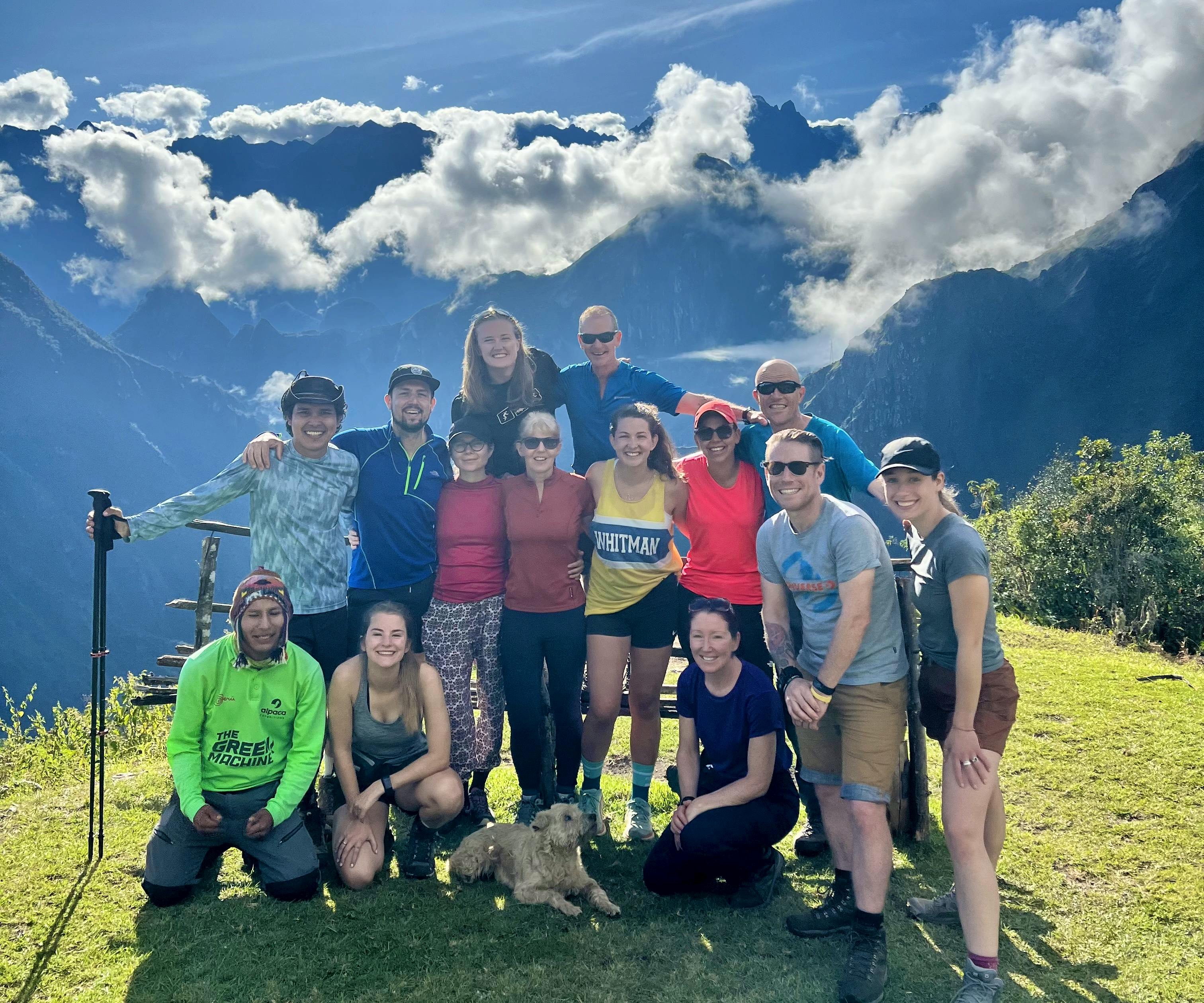Machu Picchu Llamas: The Fluffy Side Of Your Peru Adventure

Machu Picchu Llamas: What You Should Know
The Llama Experience: What to Expect
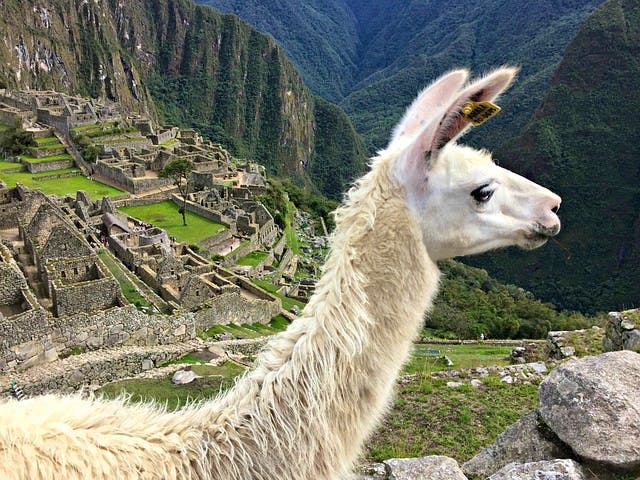
Llamas vs. Alpacas: Know the Difference
Physical Differences:
Size: Llamas are generally larger, weighing between 200 to 350 lbs, while alpacas weigh around 100 to 175 lbs.
Ears: Llamas have long, curved ears, almost like bananas, while alpacas have short, spear-shaped ears.
Coat: Alpacas have a soft, dense, fast-growing coat, perfect for that luxurious alpaca wool. Llamas, on the other hand, have a coarser outer coat.
Behavioural Differences:
Social Dynamics: Llamas are more independent and can be aloof, while alpacas are more timid and prefer to stay in groups.
Spitting Habits: Both can spit, but it’s more common among llamas, especially when they feel threatened.
Utility: Historically, llamas were used more for carrying loads and as a meat source, while alpacas were primarily valued for their wool.
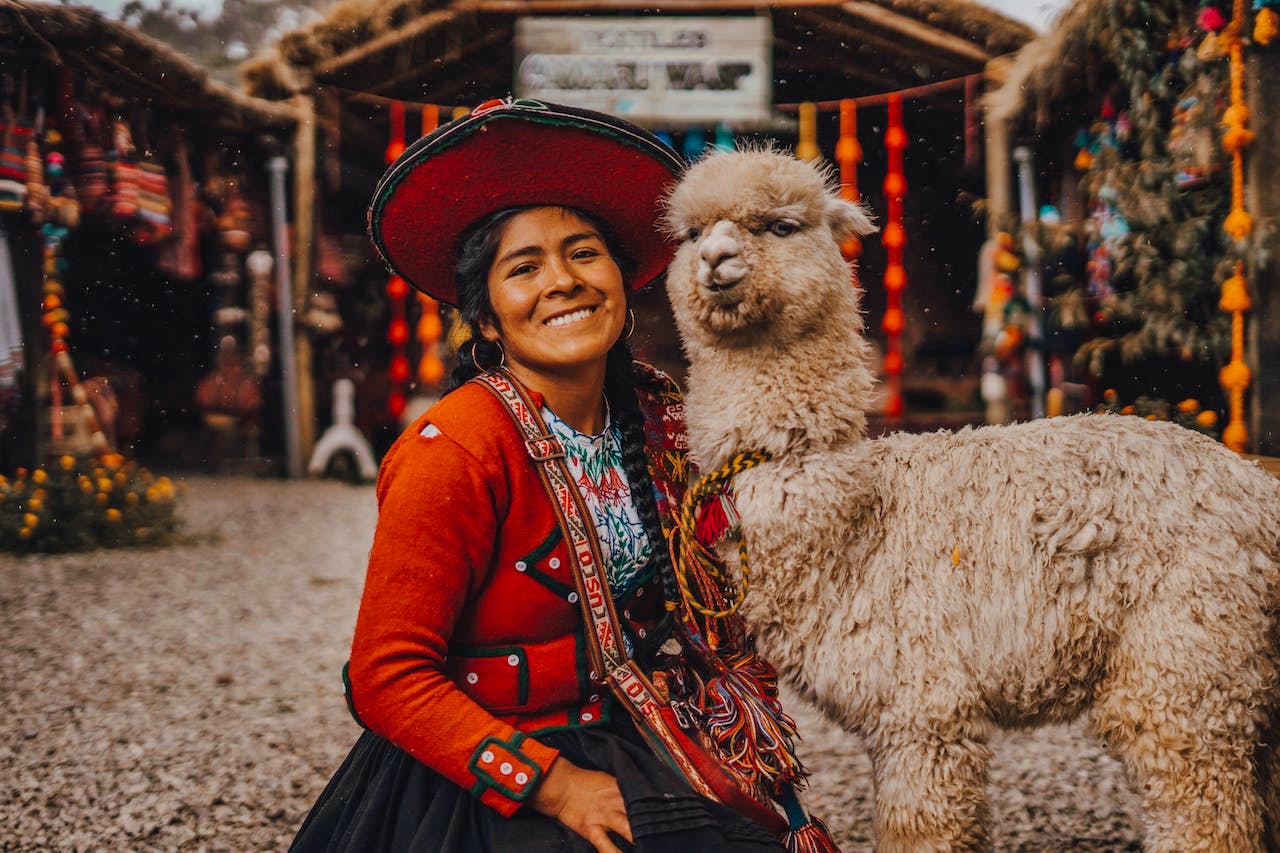
A Historical Perspective: Llamas and the Incas
Role in Agriculture
Transport and Trade
Religious Significance
Legacy


How to Interact Safely with Llamas
Approach Slowly: Llamas are generally curious but can be startled by sudden movements. Approach them slowly and calmly, ideally from the side rather than head-on, which can be perceived as threatening.
Read the Signs: Pay attention to the llama’s body language. If they turn their head away, lower their ears, or start to walk away, it’s a sign that they’re not interested in interacting. Respect their space and back off.
No Touching, Please: While it might be tempting to pet these fluffy creatures, it’s best to keep your hands to yourself unless the llama initiates the contact. Some llamas are more social than others and may come close enough for a pat but let them make the first move.
The Selfie Rule: If you’re itching to capture the moment, make sure to keep a respectful distance. Llamas are surprisingly photogenic and often seem to be posing for the camera. Just remember to be quick and discreet so you don’t disturb them.
Spit Happens: Yes, llamas do spit, but usually only when they feel threatened. Maintain a respectful distance, and the chances of a llama sharing its saliva with you are minimal.
Treats or No Treats? It’s generally not advisable to feed the llamas. They have a specific diet, and human food can harm them.
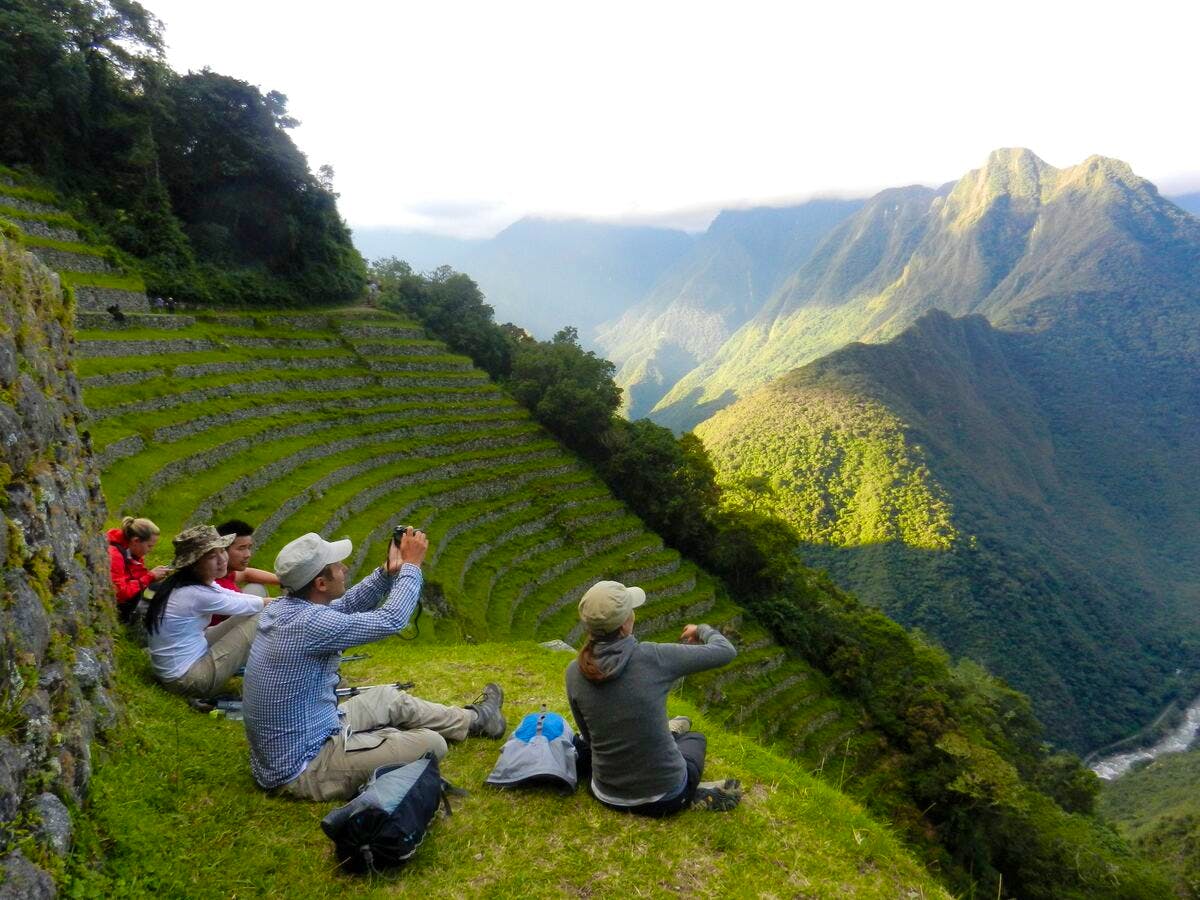
Capturing the Moment: Llama Photography Tips
The Rule of Thirds: Place the llama at one of the intersecting lines on your camera’s grid to create a more dynamic composition. This rule of thirds will make your photo more engaging.
Natural Light is Your Friend: Early morning or late afternoon provides the best natural light for photography. The soft, diffused light will help avoid harsh shadows and bring out the details in the llama’s coat.
Keep a Safe Distance: Use your camera’s zoom function to get a close-up shot without invading the llama’s personal space. Remember, a startled llama is not a photogenic llama.
Be Patient: Llamas are curious creatures and often make amusing expressions or poses. Wait for the right moment when the llama looks relaxed or especially cute.
Background Matters: Machu Picchu provides a stunning backdrop, so include some iconic ruins or terraces in your shot. It adds context and makes the photo even more memorable.
Portrait vs. Landscape: Try both orientations to see which works best for your composition. A portrait shot is excellent for emphasising the llama, while a landscape shot can capture more of the scenic background.
No Flash, Please: Using a flash can startle the llama and result in a less-than-stellar photo. Stick to natural light whenever possible.

Llama Characteristics: What Makes Them Unique
Physical Traits:
Two-Coat Fur: Llamas have a unique two-layer coat. The outer layer is coarse and protects them from the elements, while the inner layer is soft and insulating.
Padded Feet: Unlike hooved animals, llamas have soft, padded feet that minimise their environmental impact, making them eco-friendly grazers.
Behavioural Traits:
Humming: Yes, you read that right! Llamas communicate by humming. Each hum has a different meaning, from curiosity to discomfort.
Body Language: Llamas are expressive creatures. They use their ears, tail, and posture to communicate a range of emotions.
Did You Know?
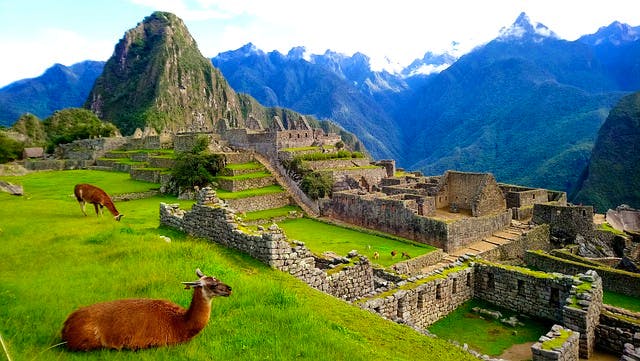
Conclusion
Other Machu Picchu Articles
Find your next adventure
Why Skyhook?
Join over 27,000 Skyhook adventurers who've used our platform to book directly with our vetted local guides, at local prices (we never markup).
Expert Local Guides
Experienced local guides, handpicked by us.
Best Prices
Never pay a markup on the local guide's price.
Exclusive Club
Earn loyalty rewards every time you travel.
Great Social Vibes
Small group tours provide a richer experience.
Stellar Feedback
Over 2,800 reviews, average of 4.9/5 stars.










